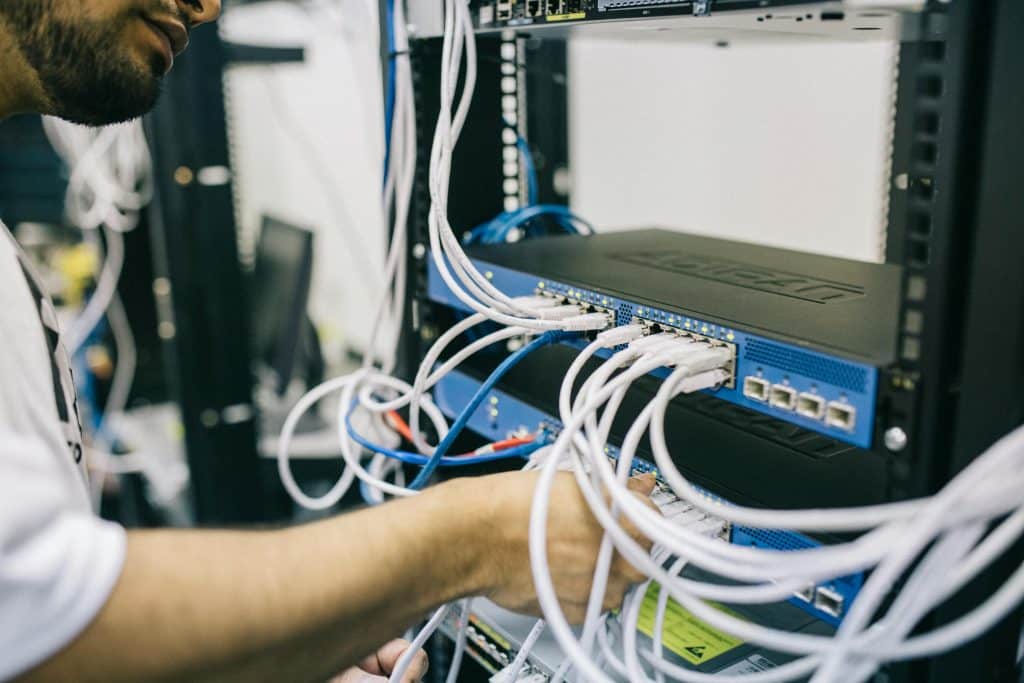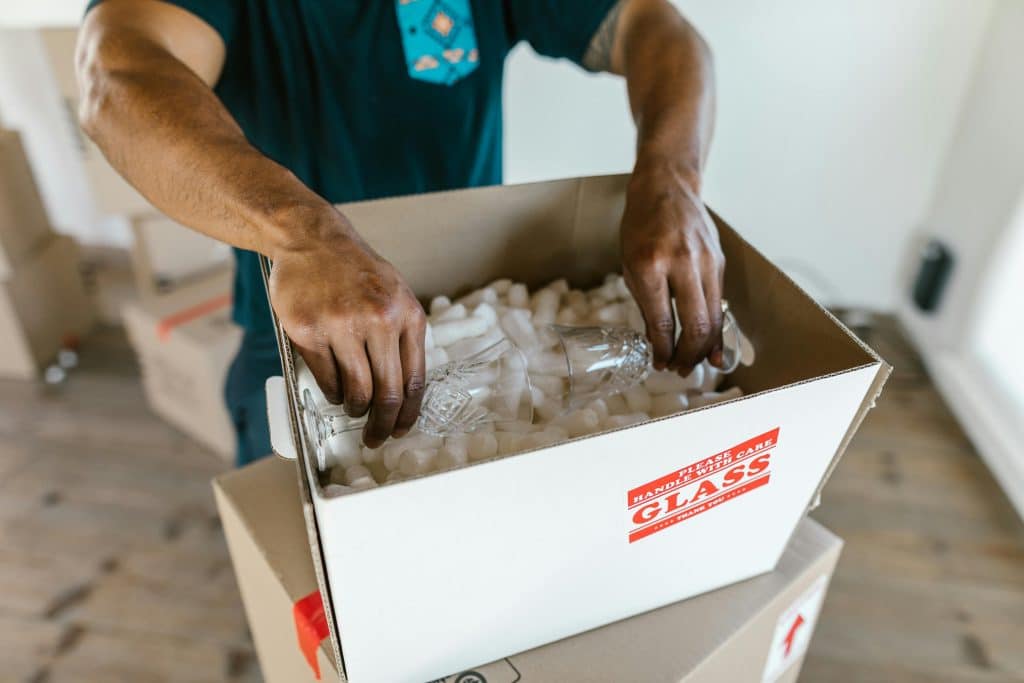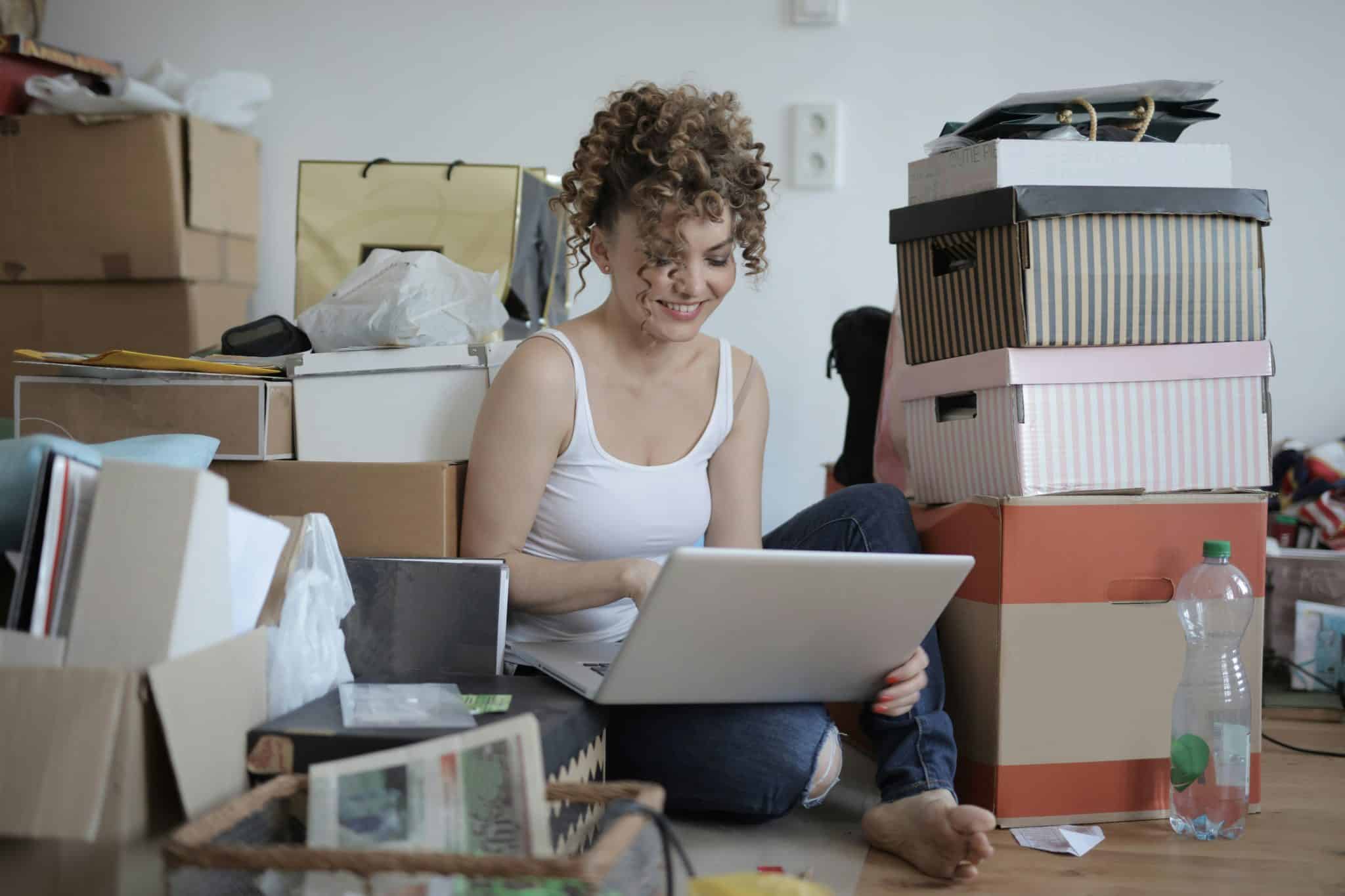Moving with Electronics: What You Should Never Do
Here’s something that might surprise you: electronics are tougher than you think. Circuits and chips aren’t particularly vulnerable. Mechanical parts, like disc drives and key switches, as well as fragile materials, like glass screens, are easier to damage. Still, moving your tech requires care, and most damage happens from preventable mistakes.
From computers and TVs to gaming systems and printers, we’ll talk about what not to do when moving your electronics. You’ll learn the errors that cause damage and what to do instead. By the end, you’ll know how to protect your devices, whether you’re moving yourself or hiring specialty movers for electronics.
Don’t Skip the Pre-Move Data Backup
People assume their devices will survive the move. They usually do. But “usually” isn’t good enough when your irreplaceable photos, work files, and personal data are at stake.
You can replace a damaged laptop or external hard drive. You can’t replace your data. That’s the fundamental truth of moving electronics.
Back up everything before you pack a single box. Use cloud storage for critical files. Keep a physical backup drive separate from your moving boxes. Export your password manager data. If you have a NAS system or smart home hub with custom settings, document or back up those configurations, too.
Don’t Leave Removable Components Inside Devices

When a moving truck hits a bump, everything inside your boxes shifts. Items that seem secure suddenly become projectiles.
That disc in your PlayStation? It’s scraping against the drive mechanism. The vinyl still on your turntable? It’s warping under pressure. Printer ink cartridges can leak, and remote batteries can overheat and corrode.
Remove everything insertable before packing. Take out discs, cartridges, batteries, and cards. For printers moving long distances, remove the print heads entirely. Bag each removed component and tape it to the outside of the device’s box or pack it in a clearly labeled container.
Don’t Wrap Screens in Newspaper or Rough Materials
Newspaper seems like a practical packing material. It’s cheap, abundant, and provides cushioning. It’s also abrasive enough to scratch screens and leave permanent ink stains.
The same goes for rough towels, old t-shirts, or any fabric with texture. Your TV screen, computer monitor, tablet, and laptop display all require gentle protection.
Use microfiber cloths as the first layer against any screen. Then add bubble wrap with the bubbles facing outward, never touching the screen. For tablets and phones, apply screen protectors before packing. If you still have the original packaging with custom-fitted foam, use it. That foam was engineered for your device’s dimensions and vulnerable points.
Don’t Pack Electronics in Non-Climate-Controlled Storage
What if your move gets delayed, and your new home isn’t ready? Suddenly, your electronics are sitting in storage longer than planned.
Regular storage units and garages aren’t suitable for electronics. Humidity causes corrosion and short circuits. Extreme cold damages LCD screens and degrades batteries. Heat warps plastic components and causes batteries to swell.
Always use climate-controlled storage for electronics, even if you think it’s only for a week. Add silica gel packets inside boxes for extra moisture protection. Choose units on higher floors to reduce water damage risk from flooding. If delays extend beyond a few weeks, keep your most valuable electronics with you instead of in storage.
Don’t Transport Large TVs Flat or Face-Down
Modern flat-screen TVs can handle vertical stress. That’s how they hang on walls and sit on stands. They’re not built for horizontal pressure across the screen.
Laying a TV flat creates pressure points on the panel. The screen can also separate from its backing. Transporting it face-down doesn’t help either.
Always move TVs upright. Secure them between soft materials so they can’t tip. Use TV moving boxes with corner protectors if possible. Never stack other items on top of a TV, even if it seems well-padded.
Don’t Forget to Photograph Your Cable Setup
You’ve had your home theater system for years. You know every connection. You’ll definitely remember how it all fits together.
Right?
Before disconnecting anything, take photos from multiple angles. Capture where each cable plugs into each device. For complex setups, use color-coded labels on cable ends and corresponding ports.
Create a simple diagram if your setup involves multiple devices. Number your cable bags so you know which cables go together. This documentation only takes five minutes. Trying to figure out your connections later, reading tiny port labels with a flashlight, takes hours.
Don’t Use Regular Bubble Wrap for Sensitive Components

Standard bubble wrap generates static electricity. For most items, that’s harmless. For sensitive electronics, it’s a risk.
Static discharge can damage desktop computer internals, external hard drives, servers, and exposed circuit boards. Regular bubble wrap pressed against these components creates the conditions for that discharge.
Use anti-static bubble wrap instead. It’s usually pink or blue. Put loose hard drives in anti-static bags before any other packing. For desktop computers, leave components installed if possible rather than removing them. If you must pack circuit boards separately, use anti-static bags and add foam padding as a buffer layer.
Don’t Pack Cables Loosely with Heavy Electronics
Tossing cables into the same box as your laptop or audio receiver seems intuitive. Then the box shifts during the move, and a cable connector gets crushed under twenty pounds of equipment.
Bent pins in connectors are difficult to repair. Broken ports are worse. And untangling a nest of cables after your move wastes time.
Coil each cable and secure it with velcro ties or rubber bands. Pack cables in separate bags or small boxes. Tape cable bags to the outside of device boxes or keep all cables together in one dedicated container.
Don’t Skip Professional Help
I learned this one the hard way. During my last move, I packed my home office myself. I used plenty of bubble wrap, labeled everything, and felt confident. When I unpacked, my printer had leaked ink inside its box. The mess ruined packing materials and nearly damaged the printer itself. My monitor had a hairline scratch I hadn’t noticed until I set it up. Not an ideal start at my new home.
The next time I moved, I called Zip To Zip Moving Company. They handled my electronics with precision. They knew to remove the printer cartridges, pad the monitor properly, and transport everything upright. Nothing leaked, nothing scratched, and I didn’t spend an evening untangling cables.
You can move yourself if you’re careful and patient. But specialty movers for electronics bring the wisdom of hundreds of moves. They have the right materials, the right techniques, and the right insurance.
For expensive equipment, complex setups, business electronics, or long-distance moves, professional help is the smartest investment you’ll make.








